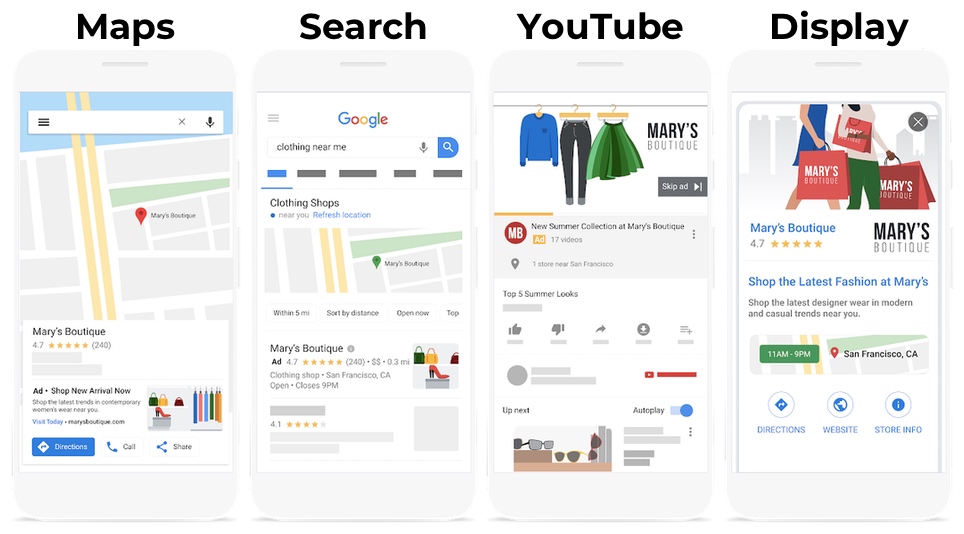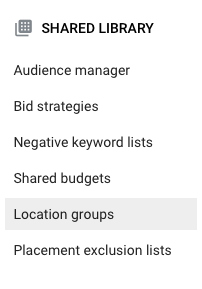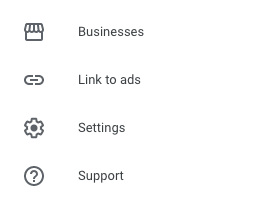Drive Foot Traffic to Physical Locations with Google’s Local Campaigns
By Jeff Cracolici
Marketing Manager & Digital Expert
Driving traffic to your online store, and measuring the response, is straightforward (although tracking pixels are far from perfect). When it comes to driving traffic to your physical locations there is typically a lot more work involved and measuring their actual impact is difficult. Google has taken a step to close that gap with their Local Campaigns.
With Local Campaigns, Google goes out and pushes ads to those nearest your physical locations across a number of their platforms. This is a great way to promote many locations at scale and have your locations promoted to those in the market for your services or products.
Here’s what you need to know about Google’s Local Campaigns.
Where Are Local Campaigns Shown?
With Local Campaigns, ads are shown seamlessly across four of Google’s most-used platforms: Google Maps, Google Search, Google’s Display Network and YouTube.

Who Are Local Campaigns Shown To?
Google will try and serve ads to those closest to your location(s) who are actively searching or looking for products/services you provide.
Ads on their search and maps platforms are straight-forward – people must be searching for terms related to your business. Google gets these terms from your landing page as well as your Google My Business profile.
On the display and YouTube side, Google shows ads on these pages based on the context of that page / video. For example, Local Campaign ads for a local women’s apparel shop might appear on blogs that talk about women’s fashion or unboxing videos of similar products on YouTube.
Want To Boost Marketing R.O.I. & Find New Customers?
LaunchPad by LiftEngine allows brands to create unlimited marketing audiences using hundreds of client RFM, demographic, lifestyle, and interest data elements to run highly-targeted, higher-performing campaigns. Create audiences for acquisition too.
Learn MoreWhat Creative Assets Do I Need for Local Campaigns?
For these campaigns, all you need to provide is the raw assets and Google adapts them for each platform. The sections below goes into more details, but at minimum you need the following:
- 1 – 1:1 Image
- 1 – 1.91:1 Image
- 1 – Logo
- 1 – Video
- 1 – 30 character Headline
- 1 – 60 character Description
- 1 – 15 character Call to Action text
- 1 – Landing Page
How Do I Link My Locations?
Before you begin putting the campaign together in Google Ads, you need to either upload your locations or link your claimed businesses from Google’s “My Business” platform.
To upload locations, find the “Location groups” option in the Tools menu on Google Ads.

To link your claimed “My Business” locations, you’ll see the option “Link to ads” on the bottom left-hand side of your business profile.

Google will automatically bring in every location once the link is made, but you’ll be able to filter out locations during the ad setup.

Pros to Local Campaigns
The Ability to Track In-Store Visitors
When you become a regular of Google Ads, you can become eligible for Google’s Store Visits conversion metric. This metric, which shows up in your dashboard, gives you insight into how your campaigns are actually driving foot traffic by tapping into the GPS data individuals share with Google. While not perfect, it can certainly help bridge the gap between digital marketing and physical response.
Here’s how to become eligible for the “Store Visits” conversion metric.
Creative is Automatically Optimize
The great part about Local Campaigns is that it takes the guesswork out of A/B testing.
You can provide up to five headlines (30 characters), five descriptions (60 characters), five call to action texts (15 characters), one logo, and up to 20 image / video assets. Google automatically goes through and tests every possible combination to create the most responsive ad. As a local campaign progresses, you’ll be able to see the impact of each text and image/video to help shape future campaigns.
Regarding the image/video assets, you must upload at least one image that’s a 1:1 ratio and one that is a 1.91:1 ratio. You also must link at least one video that is hosted on YouTube. Best practices state that videos for this campaign type should be between 5 and 30 seconds.
Ads Are Deployed Across Multiple Google Platforms
Along with featuring ads on Google’s search platform, Google’s Local Campaign ads are automatically deployed across Google’s search network, their display network, YouTube, and Google Maps.
Cons to Local Campaigns
(No digital solution is perfect!)
No Strict Targeting Options
You do give up a lot of control regarding who is being targeted. Google will try and serve ads to those closest to your locations and start to creep out further and further until it can serve a sufficient amount of impression. Google keeps virtually all impressions within 40 miles, with a few exceptions, though the max radius will be tighter in more densely populated areas.
At this point there is no way to precisely target based on an uploaded audience or any of Google’s interest categories.
You Need At least One Video
From a creative standpoint you do need at least one video to run a local campaign. For some advertisers, this could be a hurdle as videos can be costly to produce. However, there are a few different platforms that can help you turn images into videos:
For a non-self-serve option, there are many freelancers on Fiverr who can provide services affordably.
No Insight Into Which Customers Responded
While it’s nice to see that campaigns resulted in real visits, at the end of the day you never know who actually responded to your ads. The simplest way is to include a coupon on your landing page that patrons must show at checkout. However, this is far from ideal and does not show the whole picture. Check out LiftEngine’s Matchback Report that reports who actually responded to your ad.
About LiftEngine
Since 2005, LiftEngine's primary mission has been to help clients better understand and connect with their most responsive prospects and customers, online or offline. Our expertise is behind the marketing campaigns of 400+ clients.
Behind LiftEngine is LiftBase, our proprietary addressable consumer database. Comprised of 250 million US consumers, 140 million US households, and 1,000+ enhanced data elements, LiftBase powers our audience development services and industry-leading products, PortalLink and LaunchPad.
Published on Aug. 06, 2021, Last Updated on Nov. 08, 2023